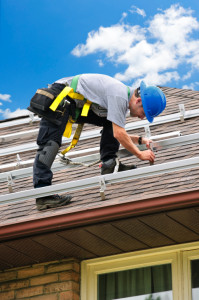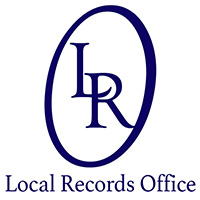DIY Home Inspection Tips
Easy Do-It-Yourself Home Inspection Tips

Perhaps the best way to identify sources of energy-wasting problems in a home is with a professional home energy audit — including such techniques as a blower-door test and thermographic inspection. Here, Erik Lindberg — a home energy specialist with Enervision Inc. — reviews one of the main areas included in such an audit: the furnace and heating system. And Paul Ryan, of DIY’s Home Energy Savings, gives tips for some home-energy tests that homeowners may do themselves.
The Furnace Inspection
It’s important to have the furnace professionally inspected and tuned every other year — or at least every several years. Some people even opt for an annual inspection and tuning. Servicing of the furnace includes removing dust from the air tubes, cleaning the burners and ensuring that they are operating safely and efficiently.
Make certain that the furnace filter fits into a covered slot. Home furnaces are equipped with replaceable air filters designed to remove dust and other particulate impurities from the air as it circulates through the heating and cooling system. Filter openings that do not have a cover allow air to infiltrate the furnace system, and this partially defeats the purpose of the system’s closed trunk-line. An uncovered filter can also constitute a safety problem.
Air filters are designed for the air to flow through in one direction. When installing a fresh filter, make certain it is installed with the air-direction indicator pointing in the proper direction — with the arrow pointing toward the furnace.
The ductwork in heating and cooling systems should be maintained as well. Some homeowners opt for having ducts professionally cleaned. According to Erik, duct-cleaning is a measure that will likely do little for improving energy efficiency — though there may be other benefits. Making certain that duct joints are sealed is helpful. High-quality foil-faced tape is suitable for sealing ductwork. In warm climates, ducts that run through attics should be sealed very tightly.
Do-It-Yourself Home Energy Audit
To perform your own energy audit, you’ll need a large window fan and incense sticks.
First, make a list of areas in your home that have potential for drafts. Then, close all exterior doors, windows and fireplace flues.
Turn off all combustion appliances such as gas-burning furnaces and water heaters. (Remember to turn them back on when you’re finished with the audit.)
Turn on all exhaust fans (usually located in the kitchen and bathrooms). If you don’t have exhaust fans, use a large window fan to blow air out of the house. The circulation of the fans increases infiltration through cracks and leaks in the building structure — making them easier to detect.
Just like the professionals, you can use lighted incense sticks to locate the source of leaks. Air drafts will cause the plume of smoke to waver or flow in the direction of air leakage.
Tip: As an alternative to using incense smoke, you can use your dampened hand. Drafts of air can be detected as they feel cool on your damp skin.
Check for air movement around wall switches and outlets — often overlooked as sources of air penetration.
Check storm windows to ensure they fit properly and are not broken.
Inspect all windows and doors to ensure that they sit snug in their frames. See if you can rattle them while they are closed. Movement indicates possible gaps that can be the source of air leaks. Look for daylight that’s visible through cracks around window and door frames.
Once you’ve located any problem areas, you’ll need to take steps to fix them or they’ll continue to cost you money via your monthly utilities.
Local Records Office | DIY Home Inspection Tips









